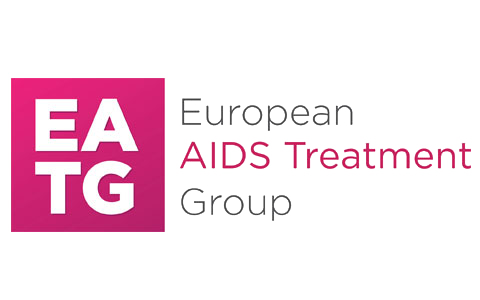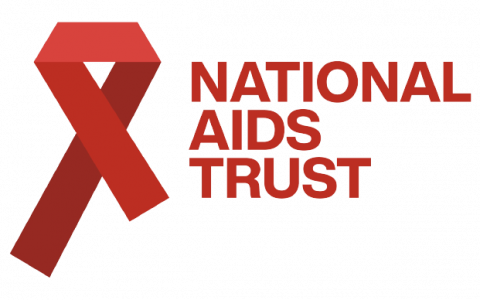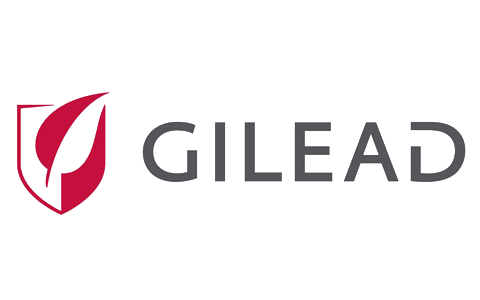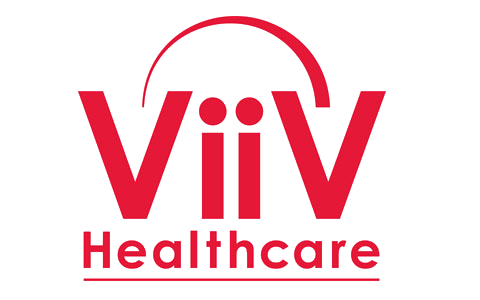
Case Study
France – QuAliv, Integrating Electronic Patient-reported Outcomes Into Routine HIV Care in France
-
Context
The ANRS CO3 Aquitaine cohort study, established in 1987, is the oldest cohort study of people living with HIV/AIDS in France. It is an open, prospective, hospital-based study. We transitioned to a locally-developed web-based clinical data management system (CDMS), ARPEGE® in 2013. ARPEGE® is a secure website developed with Microsoft ASP.NET (WebForm). Data are stored within a Microsoft SQL Server 2014-based data management system.
-
Introduction
The benefits of antiretroviral therapy (ART) to people living with HIV (PLWH) as well as to public health systems are increasingly clear(1). Yet, to benefit fully from ART, i.e. achieve viral suppression, PLWH first need to be diagnosed, linked to and engaged in care. They also must adhere to their ART(2).
In the Nouvelle Aquitaine region in southwestern France, we are in the privileged position of having achieved the UNAIDS’ 90-90-90 targets(2). We estimate that around 92 percent of those in the region living with HIV have been diagnosed. Of those, 99 percent are receiving treatment and of those treated, 92 percent are virally-suppressed. PLWH under these circumstances can expect to enjoy normal life expectancy(3). Nevertheless, their care needs are growing increasingly complex, often requiring prevention and management of (multiple) comorbidities(4).
As early as 2013, French treatment guidelines called on HIV physicians to address the health of PLWH as understood by WHO, i.e. “a state of physical, mental and social well-being and not just the absence of disease and infirmity”(5). This concept of quality of life (QoL) is based on WHO’s holistic definition of health status. It is defined as “the individual’s perception of his place in life, in the context of the culture and value system in which he lives, in relation to his objectives, expectations, norms and concerns”(6). Estimates of the extent that any given disease affects a patient’s QoL use the term “Health-Related Quality of Life (HR-QoL)”. Although numerous studies have examined the HR-QoL of PLWH, we concluded that many of these were no longer relevant to those currently in care. They often focused on the impact of HIV/AIDS or the effects of different first-line antiretroviral therapies on HR-QoL. Yet evidence suggests that virologically- and immunologically-stable PLWH may experience poorer HR-QoL than the general population(7).
We were thus ready to address the fourth ‘90’, i.e. achieving good health-related QoL in 90 percent those that are virally-suppressed(8). We also felt that it was equally important to reflect on how care is currently organised and whether health services were meeting PLWH’s evolving (social, psychological and physical) needs. We were determined to design a research-action initiative (QuAliV) to help better understand the HR-QoL and its determinants for PLWH in our setting in the current treatment era. To ensure that this initiative was sustainable, we sought to capitalise on, and upgrade, the existing CDMS infrastructure to ensure that HR-QoL and other common patient-reported outcomes were measured and collected over time rather than just cross-sectionally.
-
Aims
We designed and set up a patient access/portal tied to the CDMS ARPEGE® for collecting patient-reported outcomes (PRO) – including HR-QoL – as part of routine HIV care provision.
-
Methodology
We made several methodological and practical decisions on the conception of the electronic patient-reported outcomes system. We[1] defined the project objectives[2], identified the target population and setting, chose a data collection method[3], selected the survey instruments[4], chose the administration method and [5] proposed a method for calculating and summarising patient-reported data for research and, ultimately, for clinical use.
WHAT?
A dual-purpose patient portal (epidemiological research and clinical decision-making) capitalising on and upgrading the existing CDMS infrastructure.
WHY?
To respond to patients’ current and future care needs and improve patient-physician communications.
WHO?
All PLWH currently undergoing treatment and enrolled in the ANRS CO3 Aquitaine Cohort (N=4300 as of 2016) with e-mail accounts and reliable internet access*.
WHEN?
PLWH are invited to register via a portal (www.qualiv.fr) and are given a study-specific brochure and a unique study-specific identifier (as a detachable coupon) during their routine HIV hospital care visit.
HOW AND WHERE?
This system is intended to be sustainable and thus has been integrated into our cohort follow-up. Participants create their account using the study-specific identifier, either at their own convenience using their computer/mobile device and e-mail address off site or via a tablet on site. They are then invited to complete validated questionnaires on socioeconomic status and deprivation (EPICES), health-related quality of life (WHO-QOL-HIV BREF), treatment burden (Treatment Burden Questionnaire®), physical activity (IPAQ), drug, alcohol, tobacco, and nicotine use or dependency (Fagerström, AUDIT-C, CAST) and depression (PHQ-9).
*For potential participants without an e-mail address or internet access or that prefer not care to use the proposed portal, paper versions of the questionnaires are available.
-
Results
We believe that patient-reported outcomes have an important role to play in the evolving HIV care model. We are currently piloting the first prototype of the electronice patient-reported outcomes (ePRO) system. As described in our recently-published formative research protocol(9), we began with usability testing. This identified a number of issues, which were addressed through this process. The initial pilot study was launched in July 2018. It will allow us to monitor eligibility (reliable internet access and a personal e-mail account), how many QuAliV unique identifiers have been issued, how many have been accounts created and how many questionnaires were completed within one month of the patient’s first visit.
We will use the following process indicators for assessing acceptability:
- The proportion of people refusing to participate in the study;
- The proportion of those that received information on the study but failing to create an account;
- The proportion of those creating an account but failing to complete the ePRO questionnaires.
Testing this patient-facing IT solution lies within a long-standing, open-cohort study that reflects national standards of care will allow us to examine participation rates relating to demographic and treatment-related factors.
The initial results will soon be available and will inform further developments of our ePRO IT solution.
-
Recommendations
Our attempts to integrate patient-reported outcomes into a routine care CDMS via the proposed ePRO IT solution will -we hope – in time encourage the required holistic and multidisciplinary approach to HIV care in France.
-
References
- Group TISS. Initiation of Antiretroviral Therapy in Early Asymptomatic HIV Infection. New England Journal of Medicine. 2015;373(9):795-807.
- UNAIDS. 90–90–90: an ambitious treatment target to help end the AIDS epidemic. 2014. http://www.unaids.org/sites/default/files/media_asset/90-90-90_en_0.pdf. Accessed 25 April 2016.
- Survival of HIV-positive patients starting antiretroviral therapy between 1996 and 2013: a collaborative analysis of cohort studies. Lancet HIV. 2017;4(8):e349-e56.
- Althoff KN, Smit M, Reiss P, Justice AC. HIV and ageing: improving quantity and quality of life. Curr Opin HIV AIDS. 2016;11(5):527-36.
- Ministère de la Santé et des Sports. Rapport 2013. Recommandations du groupe d’experts “Prise en charge médicale des personnes vivant avec le VIH”. 2013 2013.
- Study protocol for the World Health Organization project to develop a Quality of Life assessment instrument (WHOQOL). Quality of life research: an international journal of quality of life aspects of treatment, care and rehabilitation. 1993;2(2):153-9.
- Miners A, Phillips A, Kreif N, Rodger A, Speakman A, Fisher M. Health-related quality-of-life of people with HIV in the era of combination antiretroviral treatment: a cross-sectional comparison with the general population. Lancet HIV. 2014;1.
- Lazarus JV, Safreed-Harmon K, Barton SE, Costagliola D, Dedes N, del Amo Valero J, et al. Beyond viral suppression of HIV – the new quality of life frontier. BMC Med. 2016;14(1):94.
- Barger D, Leleux O, Conte V, Sapparrart V, Gapillout M, Crespel I, et al. Integrating Electronic Patient-Reported Outcome Measures into Routine HIV Care and the ANRS CO3 Aquitaine Cohort’s Data Capture and Visualization System (QuAliV): Protocol for a Formative Research Study. JMIR research protocols. 2018;7(6):e147.







